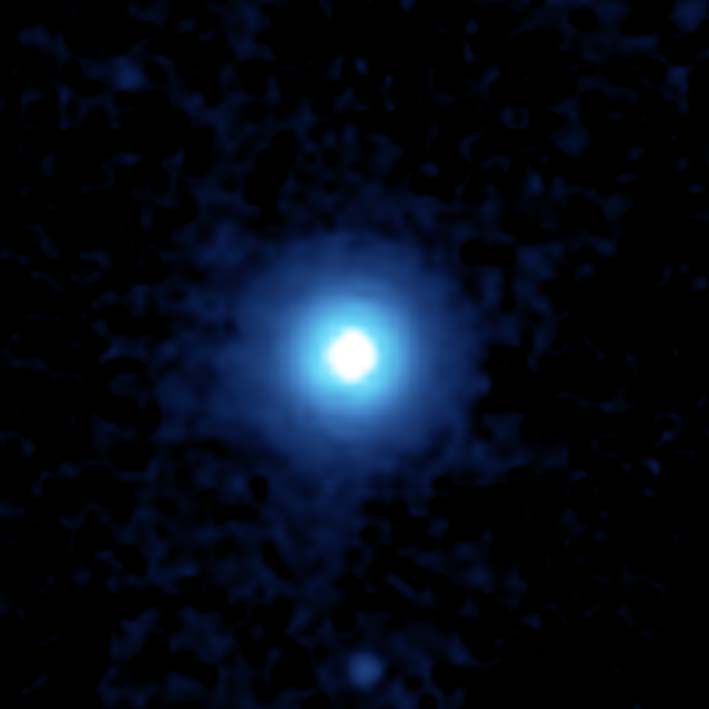-
 Stealth
Stealth
-
 Hooklet
Hooklet
-
 Spinplasmonics
Spinplasmonics
-
 Occipital
Occipital
-
 Caenorhabditis elegans
Caenorhabditis elegans
-
 Semi-crystalline polymer.
Semi-crystalline polymer.
-
 Pandiculation
Pandiculation
-
 Shoemaker-Levy 9
Shoemaker-Levy 9
-
 SMS
SMS
-
 Hydrolysis
Hydrolysis
-
 Genotype
Genotype
-
 Affiliation
Affiliation
-
 Celery
Celery
-
 Brazing
Brazing
-
 Angiotensin 2 antagonists
Angiotensin 2 antagonists
-
 Seminal receptacle
Seminal receptacle
-
 Threonine
Threonine
-
 Aristotle's lantern
Aristotle's lantern
-
 Subduction
Subduction
-
 Cillosis
Cillosis
-
 Criminal entomology
Criminal entomology
-
 Monoclonal antibodies
Monoclonal antibodies
-
 Composite
Composite
-
 Active continental margin
Active continental margin
-
 Electrocardiogram
Electrocardiogram
-
 VKA
VKA
-
 Chondrosarcoma
Chondrosarcoma
-
 Crop
Crop
-
 MSG
MSG
-
 Nucleoside diphosphate
Nucleoside diphosphate
Vega
Vega is the brightest star in the constellation of Lyra, the fifth brightest in the sky. With Deneb (Alpha Cygnus) and Altair (Alpha Aquila) it forms the famous Summer Triangle that can be used for orientation in the sky on summer nights. Vega (Alpha Lyrae) is about 25 light-years away, making it one of the most studied stars.
We know that it is only a few hundred million years old, that it rotates in less than a day (compared with 27 days for the Sun) and that it is twice as massive as and sixty times brighter than the Sun. A disk of dust has been observed which probably contains several exoplanets in formation and even its magnetic field has been measured.
Observations made in 2006 by a team from the CNRS in France revealed the presence of a weak cloud of fine particles probably emitted during an intense meteorite and comet bombardment phase comparable with the one that marked the beginnings of the solar system.
 Vega and its disk of debris seen by the Spitzer space telescope. © NASA
Vega and its disk of debris seen by the Spitzer space telescope. © NASA
Latest
Fill out my online form.



